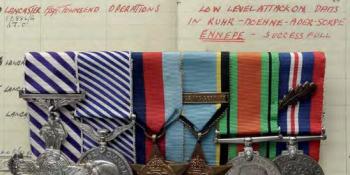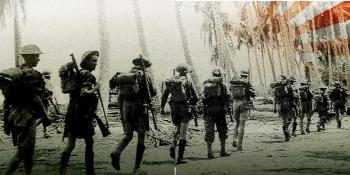News
A NEWLY declassified report into the loss of Sheffield has revealed a number of deficiencies explaining why she was ‘not fully prepared’ and John Ash reports on the conclusions which may have spared the Type 42 destroyer.
Launched on 10 June 1971, and entering service in February 1975, Sheffield was the lead ship of her class of anti-aircraft destroyers. Sent south with the leading elements of the Falklands taskforce, her role was to protect, act as decoy for the two aircraft carriers which formed the nucleus of the force and prevent their loss to aircraft or submarines.
Just after 07:50 on 4 May, a COAN (Argentine Naval Aviation) SP-2H Neptune patrol aircraft detected Sheffield and continued to track her position. Two FAA (Argentine Air Force) Super Étendards (3-A-202, Capitán de Fragata and 3-A-203, Teniente Mayora), each armed with the AM39 Exocet anti-ship missile, took off at 09:45 and met a KC-130H tanker. They then received information from the Neptune, which they verified with their own radars. At around 11:00 (all times local), flying at low altitude, the pair programmed and fired their Exocets and turned for home.
According to an official MOD narrative, dated 22 July 1982,




